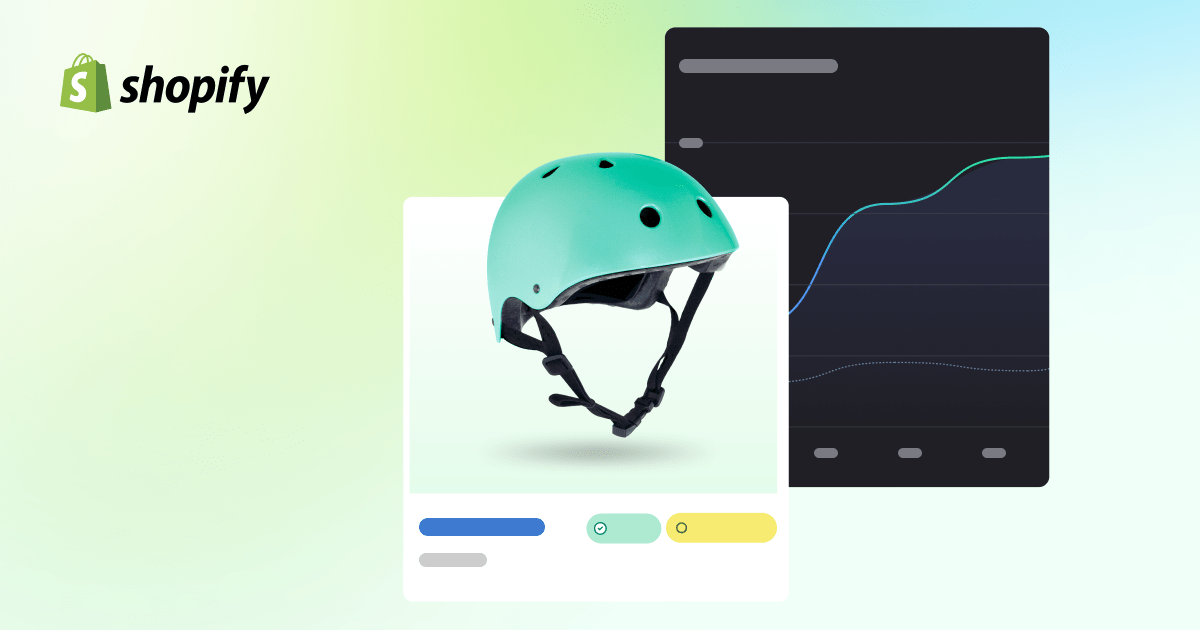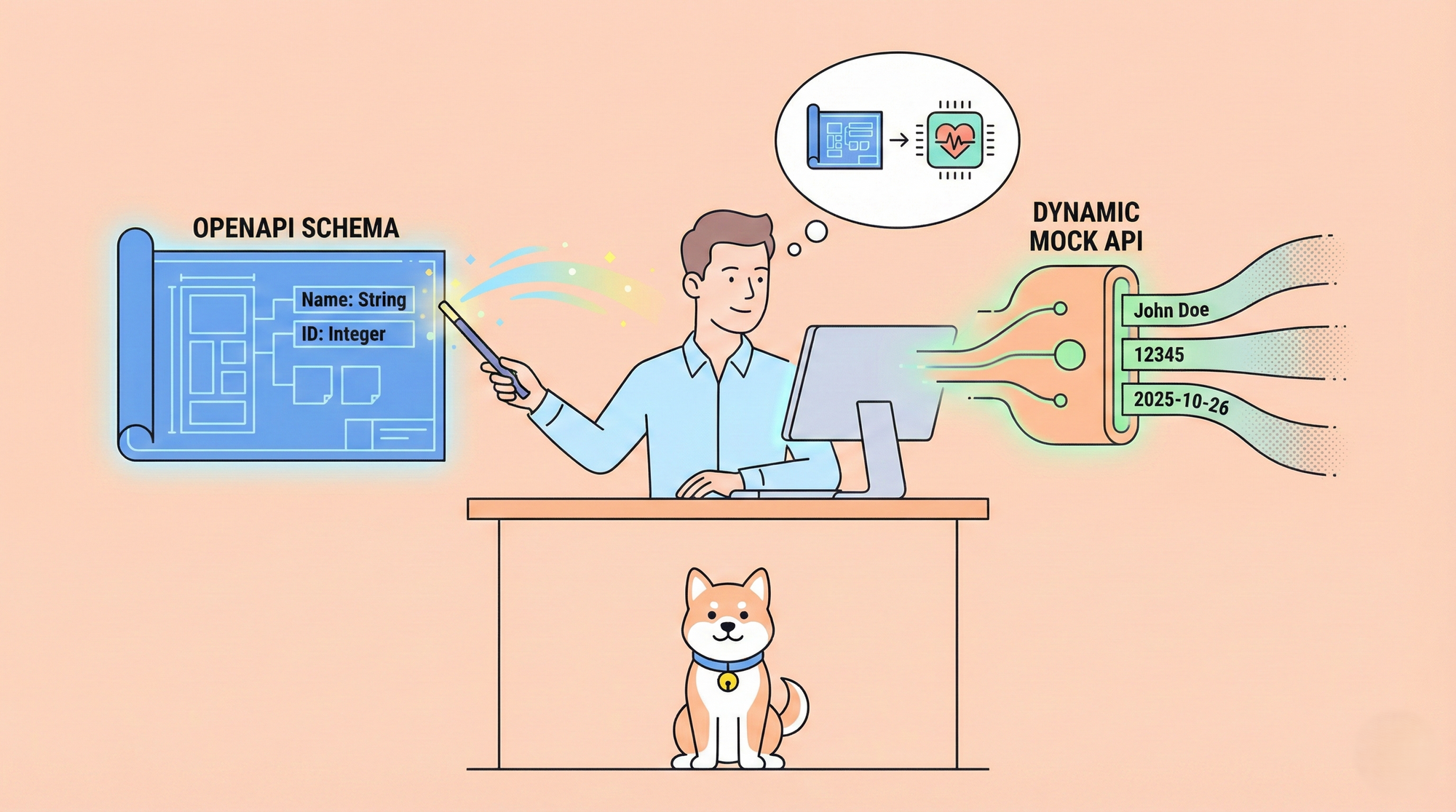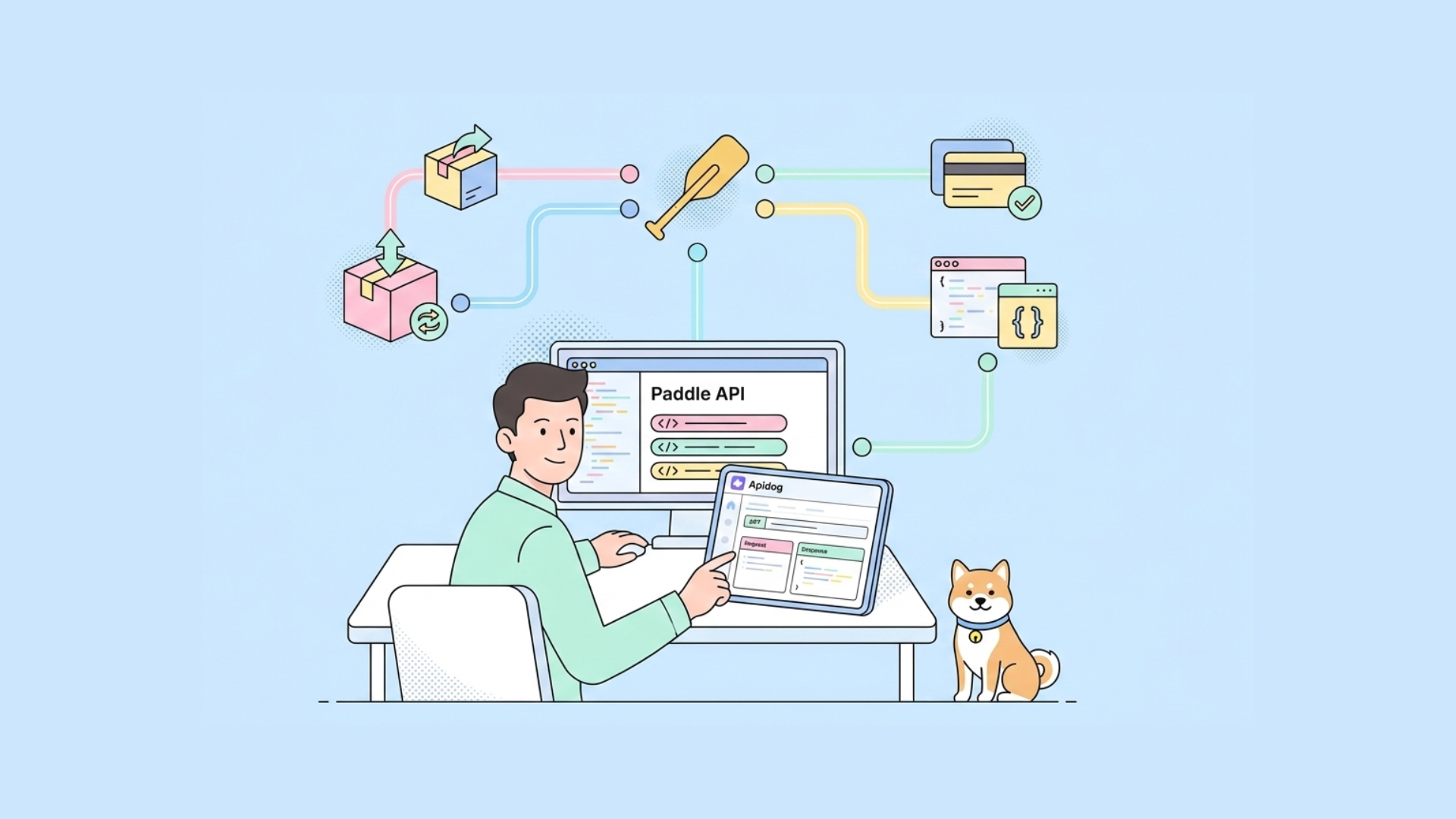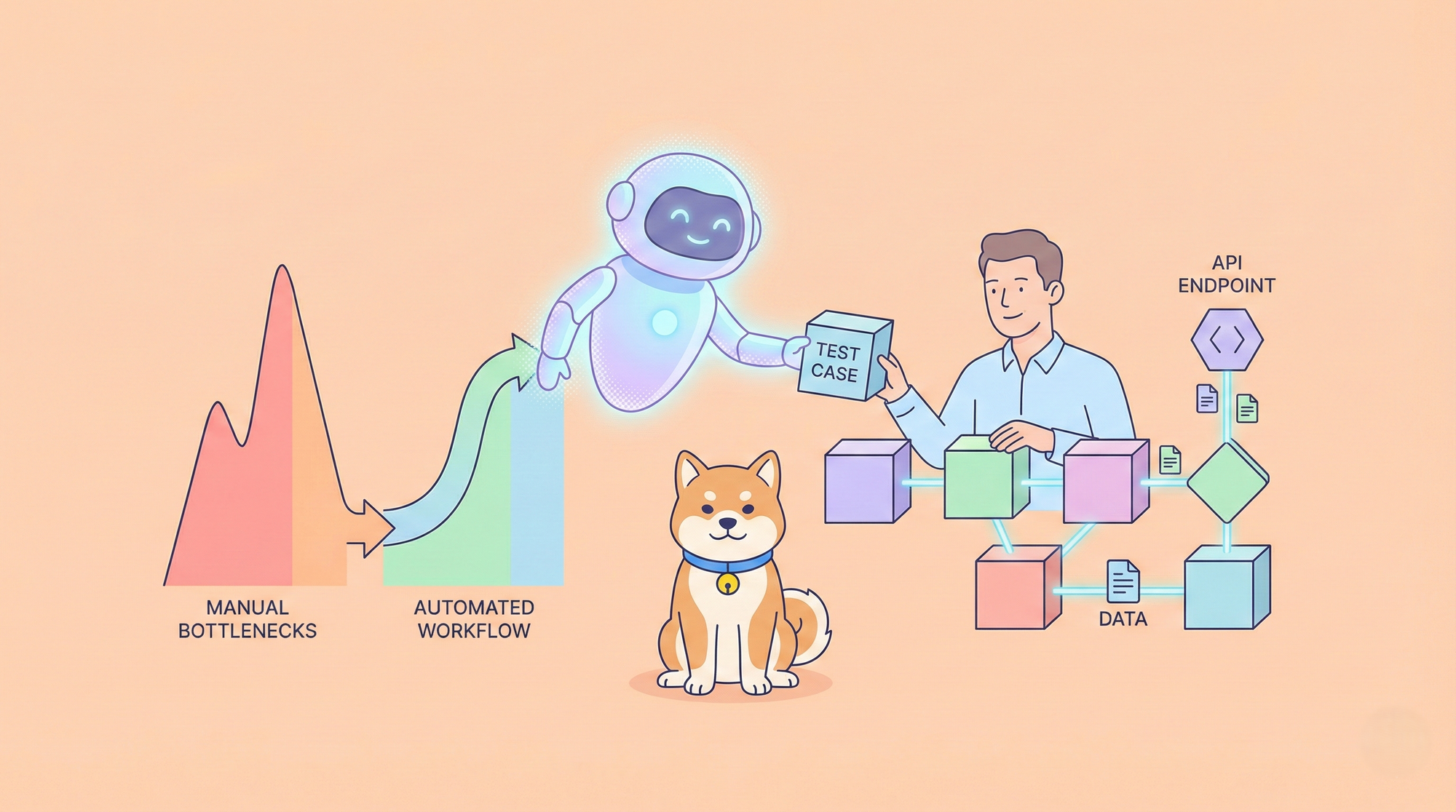In the ever-evolving landscape of e-commerce, staying ahead of the curve is essential for businesses aiming to thrive in a competitive market. With consumers increasingly turning to online shopping, the need for robust and flexible solutions to manage and grow online stores has never been greater. Enter the Shopify API, a powerful tool that empowers merchants to elevate their online presence and unlock new opportunities for success.
What is Shopify API?
The Shopify API, or Application Programming Interface, serves as the backbone of Shopify's e-commerce platform, providing developers with the tools they need to build custom applications and integrations. At its core, the Shopify API enables seamless communication between Shopify stores and external systems, allowing merchants to automate processes, streamline operations, and enhance the overall shopping experience for their customers.
Key Features and Functionality
One of the primary advantages of the Shopify API is its versatility and breadth of functionality. From managing products and processing orders to engaging customers and customizing storefronts, the Shopify API offers a comprehensive suite of features to meet the diverse needs of merchants. Some key functionalities of the Shopify API include:
- Product Management: Add, update, and delete products, collections, and variants with ease, ensuring that your online store is always up-to-date with the latest inventory.
- Order Processing: Retrieve orders, manage fulfillment, and process transactions seamlessly, providing customers with a smooth and hassle-free shopping experience.
- Customer Engagement: Access customer data, send targeted marketing campaigns, and personalize the shopping experience to drive customer loyalty and repeat business.
- Store Customization: Customize storefronts, themes, and checkout processes to align with your brand identity and create a unique and memorable online shopping experience.
- Inventory Management: Sync inventory levels, track stock levels, and manage product availability across multiple channels.
- Reporting and Analytics: Retrieve sales data, monitor performance metrics, and generate custom reports to gain insights into store performance.
- App Development: Build custom applications and integrations to extend the functionality of Shopify stores and meet specific business needs.
In addition to these core functionalities, the Shopify API supports advanced features such as webhooks, GraphQL, and multipass authentication, providing developers with the tools they need to create seamless and immersive shopping experiences for merchants and customers alike.
Integration Possibilities
One of the most powerful aspects of the Shopify API is its ability to integrate with a wide range of third-party applications and services. Whether it's syncing inventory with a warehouse management system, integrating with accounting software for streamlined financial management, or connecting with marketing automation tools for targeted campaigns, the possibilities are virtually endless. By leveraging the Shopify API to integrate with other systems and services, merchants can streamline operations, improve efficiency, and unlock new growth opportunities for their business.
Shopify API Pricing
The Standard API is a part of every Shopify subscription plan. A Shopify plan subscription is required to access personally identifiable information (PII) such as customer names, addresses, phone numbers, and email through the API. For increased capabilities and higher rate limits, a subscription to Shopify Plus is necessary. Please note that pricing may vary based on your store location.

For further details on Shopify API pricing, please refer to the following link:

How to Find Shopify Keys
To find your Shopify API keys, you'll need to access your Shopify admin dashboard and navigate to the "Apps" section. Here's a step-by-step guide:
- Log in to your Shopify admin account.
- In the left-hand sidebar, click on "Apps".
- If you haven't already created an app, you'll need to do so. Click on the "Manage private apps" link located near the bottom of the page.
- If you already have private apps or custom apps set up, you'll see them listed here. If not, click on the "Create new private app" button.
- Fill out the required information for your new private app, such as the app name and emergency developer email.
- Scroll down to the "Admin API" section. Here, you'll find your API key and password.
- Take note of your API key and password. You'll need these credentials to authenticate your app when making API requests to Shopify.
- After noting down your API key and password, make sure to save them securely. They grant access to your store's data and should be treated with care.
Make sure to keep the API keys and passwords confidential and secure to protect your store's data and integrity. If you ever need to regenerate your API credentials for security reasons, you can do so by editing your private app settings in the Shopify admin.
Getting Started with Shopify API
Getting started with the Shopify API is easier than you might think. Shopify provides extensive documentation, tutorials, and resources to help developers navigate the ins and outs of the API and build powerful integrations for their online stores. Here is a quick start on how to use Shopify API for your reference.
Step1: Accessing the Documentation
The first step in getting started with the Shopify API is to access the official Shopify API documentation. This comprehensive resource provides detailed information about the API's endpoints, parameters, authentication methods, and more. Whether you're a seasoned developer or new to the world of APIs, the documentation serves as a valuable reference guide for understanding how the Shopify API works and how to use it effectively.
Step 2: Get the Shopify API token
To obtain a Shopify access token for the Storefront API, you need to understand the types of tokens available: public access tokens and private access tokens. Public access tokens are used for client-side applications like browsers or mobile apps, while private access tokens are used for server-side requests.
For public access, you can create a token through the GraphQL Admin API's storefrontAccessTokenCreate mutation or the REST Admin API's StorefrontAccessToken resource. Alternatively, you can create a custom app in the Shopify admin and manage access tokens from there.
Here is an example of creating the public access token by making a request to the REST Admin API's StorefrontAccessToken resource:
Private access tokens, on the other hand, should be kept secret and used only for server-side queries. You can obtain them by adding the Headless channel to your Shopify admin, creating a delegate access token for your custom app, or requesting unauthenticated scopes on an existing access token.
Step 3: Making API Requests
Once you've chosen an authentication method and obtained the necessary credentials, you can make API requests to interact with your Shopify store. API requests are typically made using HTTP methods such as GET, POST, PUT, and DELETE, and they target specific endpoints that correspond to different resources within your store, such as products, orders, customers, and more.
You can quickly obtain API responses by utilizing Apidog, the premier API development platform, where you only need to copy the URL and click the button "Send" to make the request.
By making API requests, you can perform a wide range of tasks, including retrieving store data, updating product information, processing orders, and more.
Accelerate Shopify API Development with APIdog
APIdog is an all-in-one platform that streamlines the entire API development process, from design to testing and documentation. Here's how APIdog can revolutionize your API development:
- Instant API Testing During Documentation Creation: APIdog's intuitive visual API designer allows developers to test API endpoints on the fly while creating comprehensive API documentation.
- One-Click Online API Documentation: Once the API design is finalized, developers can instantly share or publish the documentation online, facilitating seamless collaboration within teams. Team members can easily run tests directly from the documentation, generating detailed test reports with just a click.
- Mock APIs without Backend Support: Front-end developers can utilize APIdog's API mock feature to test their code even before the project backend is ready, eliminating the need for additional configurations and backend support.
- Effortless Code Generation: After thorough testing, developers can effortlessly export ready-to-use API code for various tech frameworks using APIdog's code generators, streamlining the implementation process on the product.

Explore more with a free sign-up and elevate your working efficiency with APIdog.
Final Take-away
In the fast-paced world of e-commerce, the Shopify API stands out as a game-changer for merchants aiming to thrive online. With its robust features and seamless integrations, it offers a competitive edge, enabling businesses to streamline operations and enhance customer engagement. Tools like APIdog further simplifies API development, accelerating projects and driving success in the dynamic digital marketplace. Embracing the Shopify API and innovative tools is key to achieving sustainable growth and staying ahead in the competitive landscape of online commerce.





